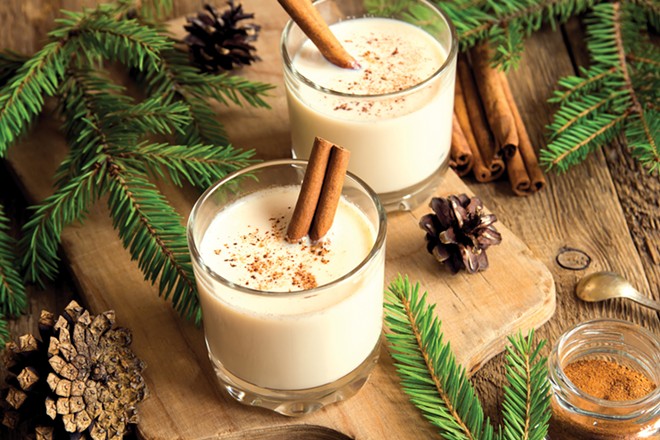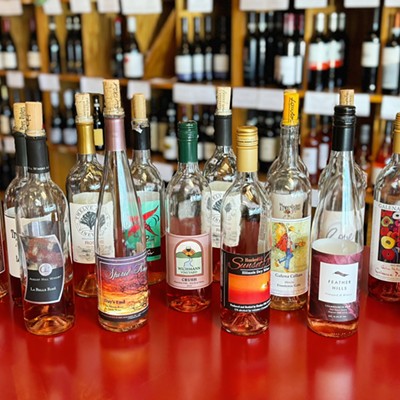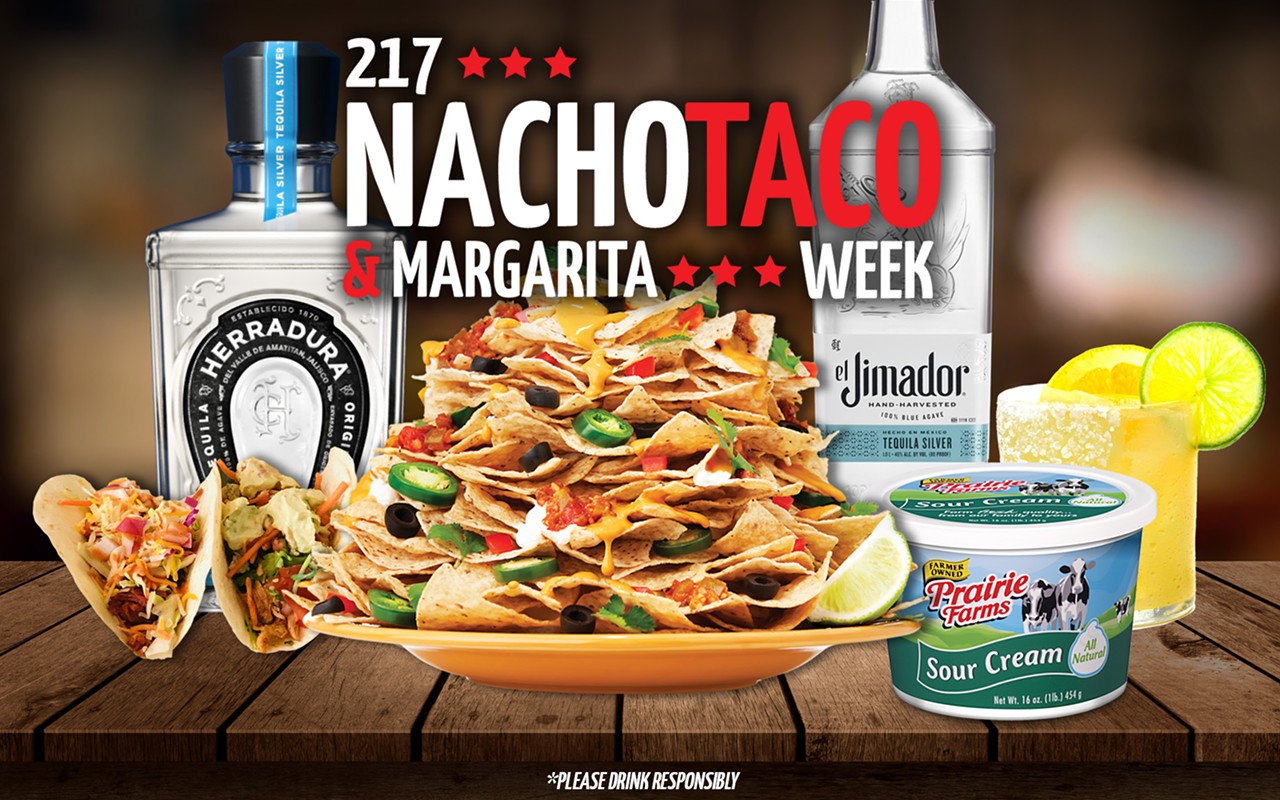Of all quintessential holiday flavors, eggnog might be one of the most divisive. Folks either love it or hate it, however it's hard to argue that this richly spiced and strongly spiked holiday beverage has left an indelible mark on the American holiday tradition. Eggnog is widely believed to be a descendant of posset, a medieval British recipe that consisted of warm milk that had been curdled with alcohol such as wine or ale and infused with spices. It was considered a restorative beverage with medicinal benefits. Monks are said to have added the egg component and sweetened the mixture with dried fruits. Serving eggnog came to be seen as a sign of wealth, thanks to the costly nature of the ingredients, which at that time often included sherry or Madeira.
The popularity of eggnog swelled in the American colonies, where eggs and cream were plentiful and rum from the Caribbean was inexpensive. Variations of the drink grew along with the nation, making use of the different combinations of spices and liquor that waves of new Americans brought with them. George Washington himself was known to make a mean nog that included brandy, rye whiskey, Jamaica rum, sherry and a dozen egg yolks, along with milk and cream.
The commercial eggnog that most of us know and love, or hate, is practically unrecognizable from its origins. I realized this when I tasted the real thing last Christmas. Travis Booth is an award-winning home brewer who lives in Springfield, and when he brought his "Aged-Eggnog" to my house last Christmas I was skeptical. However I quickly pushed all my Scroogey notions aside when I tasted the delicious concoction. Creamy but not thick, it had a texture more akin to a cream liqueur like Baileys, rather than melted ice cream like the eggnog I was used to. And thanks to the high alcohol content, the product, when refrigerated, is safe to drink. Safe enough that, according to an article in Popular Science, microbiologists at Rockefeller University's Laboratory of Bacterial Pathogenesis and Immunology have been making a batch of aged eggnog every Thanksgiving for five decades to serve at their Holiday Party in December (https://www.popsci.com/blog-network/our-modern-plagues/why-you-shouldnt-fear-eggnog/).
Booth's eggnog is a combination of recipes from Alton Brown and other historic sources, including George Washington's recipe. Booth ages his eggnog for at least 30 days. "I usually do mine in August to have it ready in December." It improves with age, he said. "I have bottles from 2015 thru 2020 in my refrigerator. I usually make five gallons at a time and bottle it to give as Christmas presents."
I live in a blended family of prepared eggnog lovers. My husband and eldest daughter love the stuff and, while I like the flavor, I can't handle the viscous texture. This eggnog French toast bake is a great compromise and perfect for Christmas morning. Prepared the night before, it makes for a hands-off holiday breakfast, perfect alongside crispy bacon and a festive fruit salad.
Travis's Aged Eggnog
This will last indefinitely in the refrigerator, says Booth. Make sure to shake it vigorously if you've aged it over a year.
6 cups raw milk with the cream, or 3 cups whole milk and 3 cups heavy cream
3 cups bourbon
¾ cup cognac
½ cup dark rum
12 eggs, separated
2 cups sugar
1 teaspoon each nutmeg and cinnamon
1 tablespoon vanilla extract
¼ teaspoon salt
Whisk the egg whites until creamy but not quite peak-forming. Beat the yolks with the sugar and spiced in a large mixing bowl until it is light in color and falls off the whisk in a solid ribbon. Combine the two egg mixtures slowly and mix well. Combine the remaining ingredients and mix/swirl in a large container. Refrigerate and age for at least 30 days. Shake or swirl once a week. Shake before serving.
Baked Eggnog French Toast
½ cup butter
1 loaf day-old challah or French bread, sliced ½-inch thick
2 1/2 cups storebought eggnog
8 large eggs
2 tablespoons rum or bourbon, optional
½ teaspoon each freshly grated nutmeg and cinnamon
¼ cup turbinado sugar, optional
Whipped cream and maple syrup, to serve
The night before you want to serve it, melt the butter and pour into a 9-inch by 13-inch casserole dish, tilting the dish to coat the bottom and sides with melted butter. Arrange the bread in the buttered dish, slightly overlapping the slices.
Whisk together the eggnog, eggs, booze if using, and spices, then pour this mixture over the bread. Wrap tightly with plastic wrap and refrigerate overnight.
In the morning, preheat the oven to 350 degrees. Remove the plastic wrap and sprinkle the turbinado sugar over the top of the soaked bread, then cover with foil. Place the casserole in the oven and bake for 45 minutes, then remove the foil and bake 10 minutes more, or until the top is golden. Let rest for 20 minutes before serving with whipped cream and maple syrup.


















